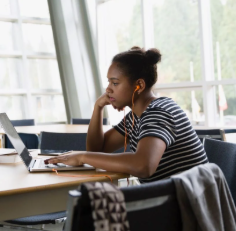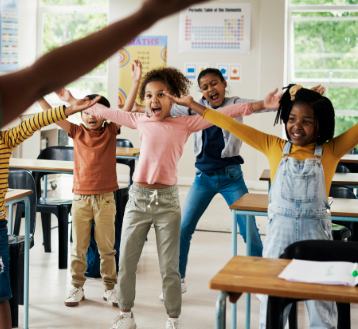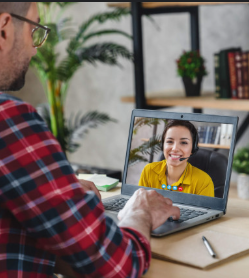Flashcards are a simple yet powerful learning tool that can help students of all ages practice and remember information.
Whether you’re teaching young children the alphabet or helping older students study for a test, flashcards can make learning more engaging and effective.
Here’s how to use flashcards successfully in any classroom or at home.
1. Keep It Simple
Start with clear and easy-to-read cards. Each flashcard should have one question, word, or concept on one side and the answer or explanation on the other. This simplicity helps learners focus and prevents information overload.
2. Use Pictures and Colors
Visuals can make flashcards more fun and memorable. Add pictures, drawings, or color-coded sections to help learners make connections. For example, color all math flashcards blue and language flashcards green for easy organization.
3. Practice Regularly
Repetition is key! Set aside a few minutes each day to go over flashcards. Short, frequent sessions work better than cramming. Review both the cards you know and the ones you find tricky to build confidence.
4. Shuffle and Mix
Avoid memorizing the order of cards by mixing them up often. This helps learners truly understand the content rather than just remembering the pattern.
5. Make It a Game
Turn flashcard practice into a fun challenge. You can use games like “Flashcard Bingo,” timed races, or memory matches to keep learners interested. Learning through play makes it more enjoyable and helps reinforce the material.
6. Get Creative With Formats
Flashcards can be physical cards, apps, or even handmade drawings. Digital flashcard tools often include audio and interactive features, which are great for kids who enjoy using technology.
7. Involve the Learner
Let students create their own flashcards. Writing out information in their own words helps them understand and remember better. Plus, creating flashcards together can be a great bonding activity between parents, teachers, and children.
8. Use Flashcards for All Subjects
They’re not just for spelling or vocabulary. Flashcards can help with math facts, science terms, historical dates, geography, and even classroom rules. Be creative with how you use them!
Conclusion:
Flashcards are a flexible tool that fits many learning styles. By keeping things simple, consistent, and fun, flashcards can become a go to strategy for helping students grasp new ideas and build long-term memory all while enjoying the process.






